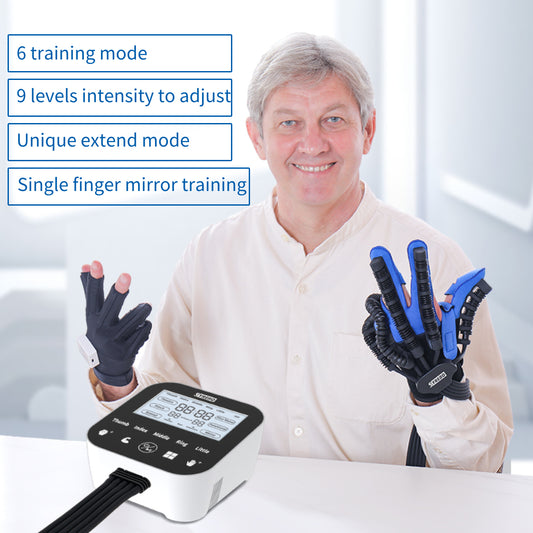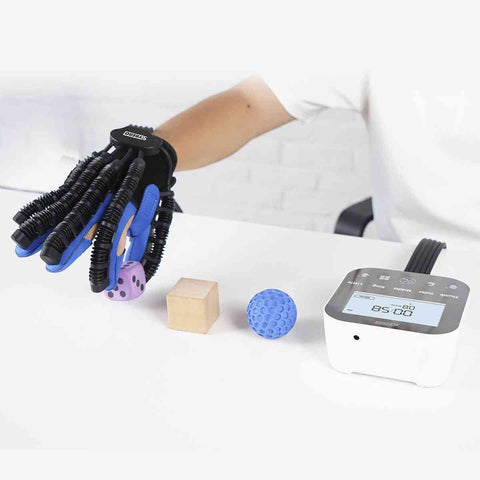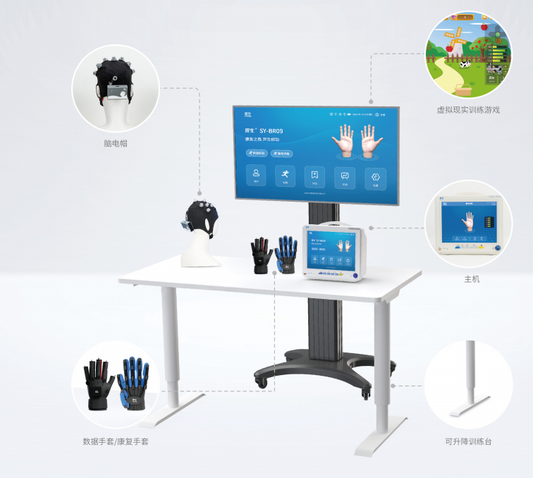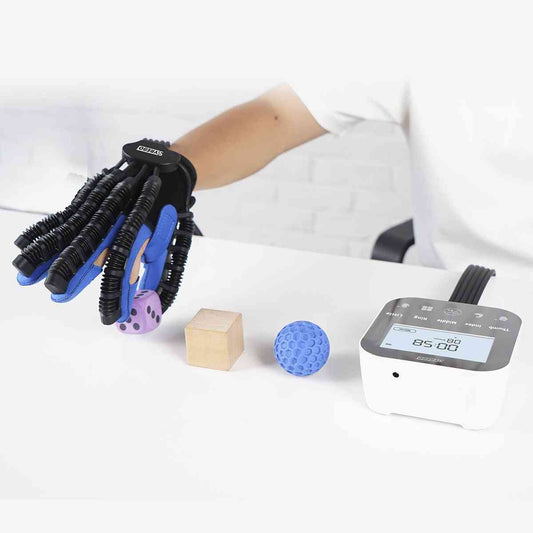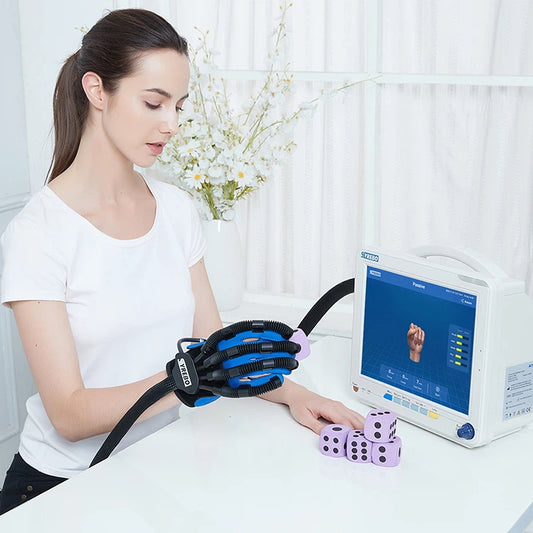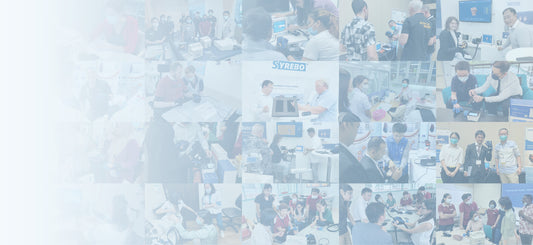What does a stroke feel like? After, and ministrokes
Understanding Stroke
Stroke is the fifth leading cause of death among U.S. adults, according to the National Stroke Association. It is also the leading cause of disability. However, because many people are unaware of the symptoms of stroke, they may ignore them and delay treatment.
An adult's heart beats an average of 100,000 times a day. With each beat, the heart pumps blood rich in oxygen and nutrients, which are vital to cells. The blood carries oxygen and nutrients to every cell in the body through a network of blood vessels.

Sometimes, a blood vessel can become blocked or ruptured. This can cut off the blood supply to a particular part of the body. When this happens to the blood vessels that supply blood to the heart muscle, it is called a heart attack. When this happens to a blood vessel in the brain, it is called a "cerebral infarction" or stroke.
Types of Stroke
There are three types of stroke.
- Ischemic strokes, which are caused by clots that block blood flow
- Hemorrhagic strokes, which occur when a blood vessel bursts
- Ministrokes, or transient ischemic attacks, which are caused by temporary clots
What Does a Ministroke Feel Like?
The signs and symptoms of a mini-stroke are the same as those of other strokes, but may go away more quickly.
A mini-stroke usually lasts from a few minutes to a few hours. Symptoms may go away so quickly that the patient barely notices them. For example, a patient may have difficulty speaking or moving for a few minutes before function returns.
Anyone who suspects they have had a mini-stroke should seek emergency treatment. A mini-stroke is a serious warning that a full stroke may occur.
What Does a Stroke Feel Like?
Listed below are the typical symptoms of a stroke. Often, only some of the symptoms are present.
For example, a person who experiences numbness and difficulty with balance as a result of a stroke may not have cognitive problems at the same time. This may cause them to delay going to the hospital.
If any of the following symptoms occur, seek medical attention as soon as possible:
- problems talking to or understanding others
- numbness or drooping on one side of the face
- numbness or weakness on one side of the body
- trouble walking or balancing
- vision problems
- a sharp or severe headache
- dizziness
- trouble swallowing
Of these symptoms, only the headache is painful. Many people who have had a stroke feel no pain.
If a person is unsure if something is wrong, he may ignore the other symptoms. However, in the case of a stroke, it is vital to act quickly. Pay attention to all symptoms and be prepared to call an ambulance if they occur.
Anyone who may be suffering from a stroke should not drive. Symptoms may worsen quickly, and they could injure themselves or others in an accident.
Take "F.A.S.T." Action to Recognize Stroke
While it's good to know all of the above stroke warning signs, it can be difficult to memorize the entire list. That's why the American Stroke Association recommends remembering to "F.A.S.T. Think and Act." By remembering these signs, people will be better able to recognize when a stroke has occurred and quickly seek emergency help.
F.A.S.T. stands for:
- Facial drooping
- Arm weakness
- Slurred speech
- Time to call for emergency medical care

Although the patient may not always feel the onset of these symptoms, someone nearby may be able to recognize them and call for help. Since these symptoms are not always obvious to the patient, some people may try to downplay their symptoms or refuse help. If this happens, it is important to persuade the patient to seek help anyway.
Stroke is one of the leading causes of death worldwide and a major cause of long-term disability. Prompt treatment can help minimize disability and save lives. Call an ambulance immediately, even if the patient shows only one of the early warning signs. The sooner a stroke victim receives treatment, the better the prognosis.
What To Expect After a Stroke
Dealing with the aftermath of a stroke can be both physically and emotionally stressful. Depending on the severity of the stroke, you may lose some of your mental and physical abilities. Over time, some of these abilities may return, and some may not.
Your doctors and care team will focus on stabilizing your condition immediately after a stroke. They’ll also treat any underlying conditions that may have caused your stroke. Otherwise, your risk of having a repeat stroke can increase.
Your doctor will also assist you in regaining your strength. And they’ll help you with basic functions such as breathing and swallowing.
Your doctors will either send you home or to an in-patient rehabilitation facility once your condition has stabilized. Once you enter the rehabilitation phase, the focus of your care will shift to regaining any lost functions and becoming as independent as your condition will allow. Learn more about stroke recovery.
Recovery
Every stroke has different effects, and the extent of damage varies widely from person to person. Recovery may be a long process, but many people benefit from occupational therapy and other forms of support aimed at restoring a person’s independence. Although some problems will be permanent, many people who do rehabilitation with Rehabilitation Robot Gloves can regain some or many of the abilities lost during the stroke. If you need or want to know more. Feel free to consult us anytime.


